Let’s talk about the bare minimum of what you will need to photograph the Milky Way.
Astrophotography doesn’t require all that much equipment and it’s likely that you already have most of the items in this list. I usually only pack these select few items in my camera bag when I go out to photograph the Milky Way and rarely bring anything extra. The simpler the kit, the less you will need to worry about. So here are the essentials with some of my recommendations to those just starting out:
1. Digital SLR or Interchangeable Lens Camera Body
Most people reading this article will probably already have a digital SLR or some other interchangeable lens camera. Luckily a camera is the most expensive thing you need for astrophotography aside from a lens. The very best bang for the buck will be a digital SLR with a 4/3, APS-C or full frame sensor size.
The choice of brand really doesn’t matter all that much. If you’re just starting out, I almost always suggest the two biggest brands: Canon or Nikon. Both of these companies make excellent cameras and each has huge swaths of devoted users and expansive online communities to help you along. That said, any of the other major brands are excellent. Sony, Pentax, Fujifilm, Olympus, Panasonic, or Samsung: they all make great cameras and pretty much any of them will work great.
When picking a camera, I particularly prefer cameras with tilting displays so that it’s easier to see the screen when using it low to the ground.
I’m currently using a Sony a7S.
Best of the Best: Sony a7S, Canon 6D, Nikon D610
Affordable Excellence: Fujifilm X-T1, Canon 70D, Canon 7D, Nikon D7100
Beginner on a Budget: Canon T5i, Nikon D5300, Sony a6000
2. Wide Angle Lens
The Milky Way is really really big. Like huge. The easiest way to capture it is to use a wide angle lens that will allow you to frame a large portion of the sky. On APS-C cameras, stick with a lens with a focal length of 24mm or shorter. On full frame cameras: 35mm or shorter, and on 4/3 sensors: 17mm or shorter. The shorter the focal length, the wider the field of view.
That 18-55mm kit lens that probably came with your camera? That lens is just fine to start with. When zoomed out to 18mm, it has a pretty wide field of view and should be able to capture a significant portion of the Milky Way.
For even better results, you’ll probably want a “fast” lens with a low f/number rating. I usually recommend lenses with an f/number rating of f/2.8 or lower. The lower the number, the larger the aperture of the lens and the more light that it can collect for exposing the dim stars in the night sky. Check out my guide on how to pick a lens for milky way photography to learn more about fast lenses. My favorite lens for full frame cameras is still the Rokinon 24mm f/1.4.
Best of the Best: Sigma 18-35mm/1.8, Sigma 35mm/1.4, Rokinon 24mm/1.4, Nikon 14-24mm/2.8
Affordable Excellence: Tokina 11-18mm/2.8, Rokinon 12mm/2.0, Rokinon 10mm/2.8, Rokinon 16mm/2.0, Rokinon 35mm f/1.4
Beginner on a Budget: Rokinon 14mm f/2.8, Rokinon 8mm f/3.5 Fisheye, Rokinon 8mm f/2.8 Fisheye II
3. Tripod
Anyone thoroughly interested in photography should invest in a decent tripod. For astrophotography it’s essential. You only need one, and it’s likely that a good tripod will outlast all of your other camera gear.
There are probably a million tripods to choose from, but there are a few things you should look for when choosing one for astrophotography:
First, I recommend tripods paired with a ballhead. Avoid tripods with panheads at all cost, they’re a pain to frame your shot and have a more limited range of motion than a ballhead.
Secondly, the tripod should be stiff and stable. Make sure that you’re not too close to exceeding the recommended load capacity of the tripod and consider one made of carbon fiber rather than aluminum. Carbon fiber is stiffer and lighter than aluminum so it’s a great material for tripods. Carbon tripods have also come down in price drastically and are now rather affordable.
Finally, make sure it’s not too heavy. This is the last but arguably the most important consideration in a tripod. If you’re buying your first tripod, I recommend keeping it lighter than 5 pounds. Seriously. Anything heavier will likely be too big and heavy to carry. You should have no hesitation to bring your tripod with you everywhere you go. The lighter the better. I currently use the tiny Sirui T-025X which weighs less than 2 pounds.
Best of the Best: Anything from Really Right Stuff
Beginner on a Budget: Dolica Proline, Dolica Carbon
Compact Ultralight: Sirui T-025X, Manfrotto BeFree Carbon
4. Headlamp
You’ll need your hands free to handle your camera in dark conditions, so definitely pick up a headlamp. You’ll use it to help with focusing, you’ll use it to help find buttons on the camera, and you’ll need it to avoid tripping over bushes and rocks and critters at night.
Make sure your headlamp has a red “night vision” mode. Once you are initially set up, the red mode will help you retain your night vision for seeing in the dark better and won’t interfere with other stargazers in your group.
I wholeheartedly recommend Petzl Headlamps. I have had headlamps from both Black Diamond and Energizer fail on me at night but I have never had a Petzl fail, knock on wood. They’re weatherproof, bright, efficient, and comfortable. It’s possible to switch directly into red mode on most of their headlamps so you don’t blind yourself when turning it back on and they all have amazing battery life. When they’re batteries run low, they warn you with an indicator light and they automatically switch into a power saving mode to keep the light going for additional reserve hours. I personally use an older version, the Tikka XP2 for all of my astrophotography shoots.
Best of the Best: Petzl Tikka RXP
Affordable Luminosity: Petzl Tikka XP
Beginner on a Budget: Petzl Tikka +
Optional Items
The items above are all you need to start making astrophotos, but there are a couple extra things that can help you out:
Intervalometer
An intervalometer is a remote timer that plugs into your camera. It lets you do two things: make exposures longer than 30 seconds and shoot timelapse sequences. They’re cheap at around $20 and can come in handy with astrophotography.
Cheap and Reliable: Neewer Intervalometer
Star Chart App
As you’re getting started with astrophotography, I recommend using a smartphone app like Stellarium or Sky Guide to help you find the Milky Way. If you’re in a dark enough area, it should be easy to find with your eyes, but an app will make it a much simpler a task.
iOS: Sky Guide, PhotoPills, Stellarium
Android: Stellarium
A Final Check
Make sure your camera battery is charged, your headlamp has some fresh batteries, and you have a couple memory cards handy.
Let’s Get Started!
Once your kit is together, you’re ready to shoot!
Head on over to Astrophotography 101 for lessons on exposure, processing and other astrophotography tips and techniques.
First Time? Check out the How to Photograph the Milky Way lesson.
Disclosure
We are a participant in the Amazon Services LLC Associates Program, an affiliate advertising program designed to provide a means for us to earn fees by linking to Amazon.com and affiliated sites. We are also a participant in the B&H Affiliate Program which also allows us to earn fees by linking to bhphotovideo.com.
Learn Astrophotography
Astrophotography 101 is completely free for everyone. All of the lessons are available on the Lonely Speck Astrophotography 101 page for you to access at any time. Enter your email and whenever we post a new lesson you’ll receive it in your inbox. We won’t spam you and your email will stay secure. Furthermore, updates will be sent out only periodically, usually less than once per week.
Help us help you!
Believe it or not, Lonely Speck is my full-time job. It’s been an amazing experience for us to see a community develop around learning astrophotography and we’re so happy to be a small part of it. I have learned that amazing things happen when you ask for help so remember that we are always here for you. If you have any questions about photography or just want to share a story, contact us! If you find the articles here helpful, consider helping us out with a donation.
[button font_size=”16″ color=”#136e9f” text_color=”#ffffff” url=”https://www.paypal.com/cgi-bin/webscr?cmd=_donations&business=lonelyspeckblog%40gmail.com&item_name=These+tips+help+keep+lonelyspeck.com+running.¤cy_code=USD&source=url” target=”_blank”]Donate[/button]
Thanks so much for being a part of our astrophotography adventure.
-Ian
[button font_size=”16″ color=”#136e9f” text_color=”#ffffff” icon=”arrow-left” url=”https://www.lonelyspeck.com/astrophotography-101/” target=”_self”]Back to Astrophotography 101[/button]
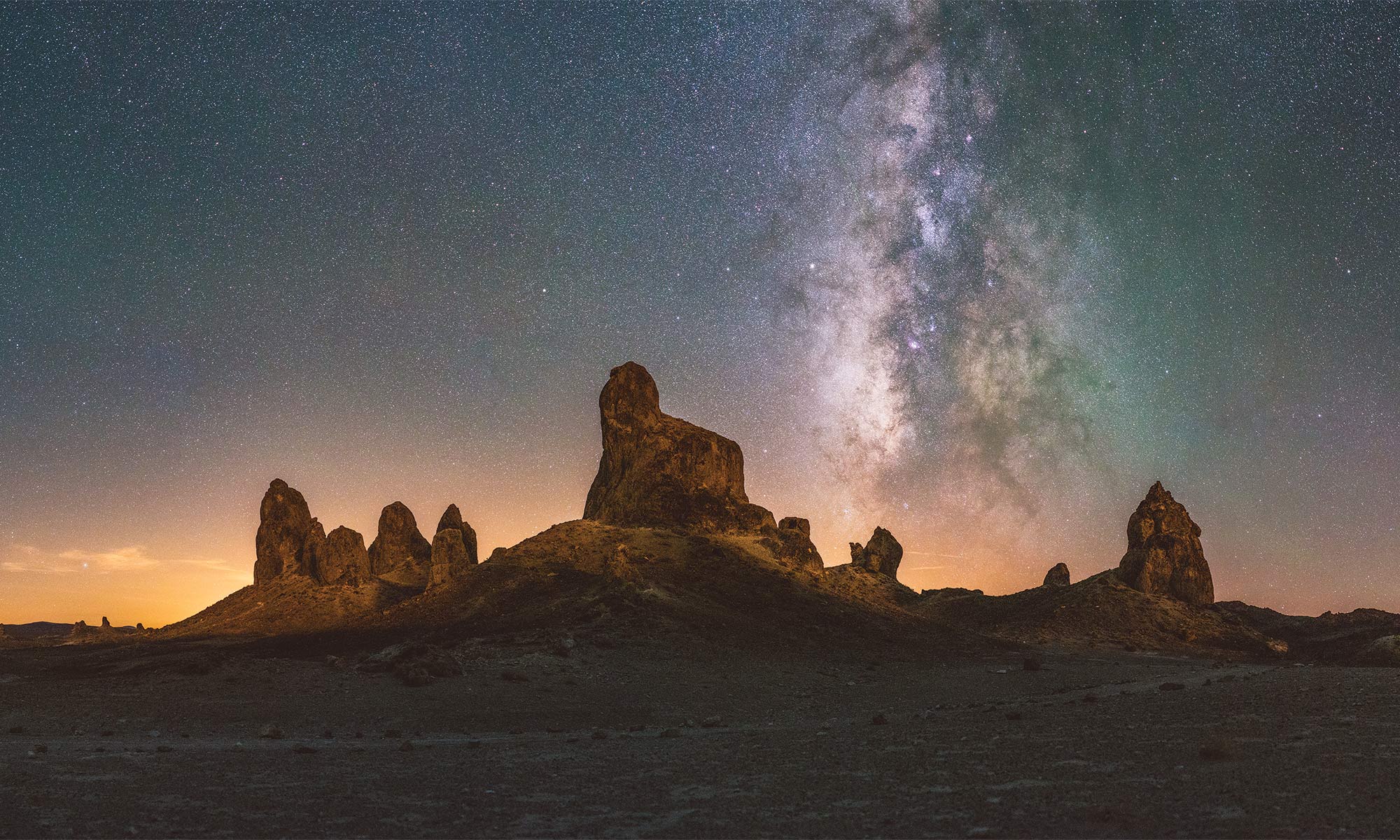
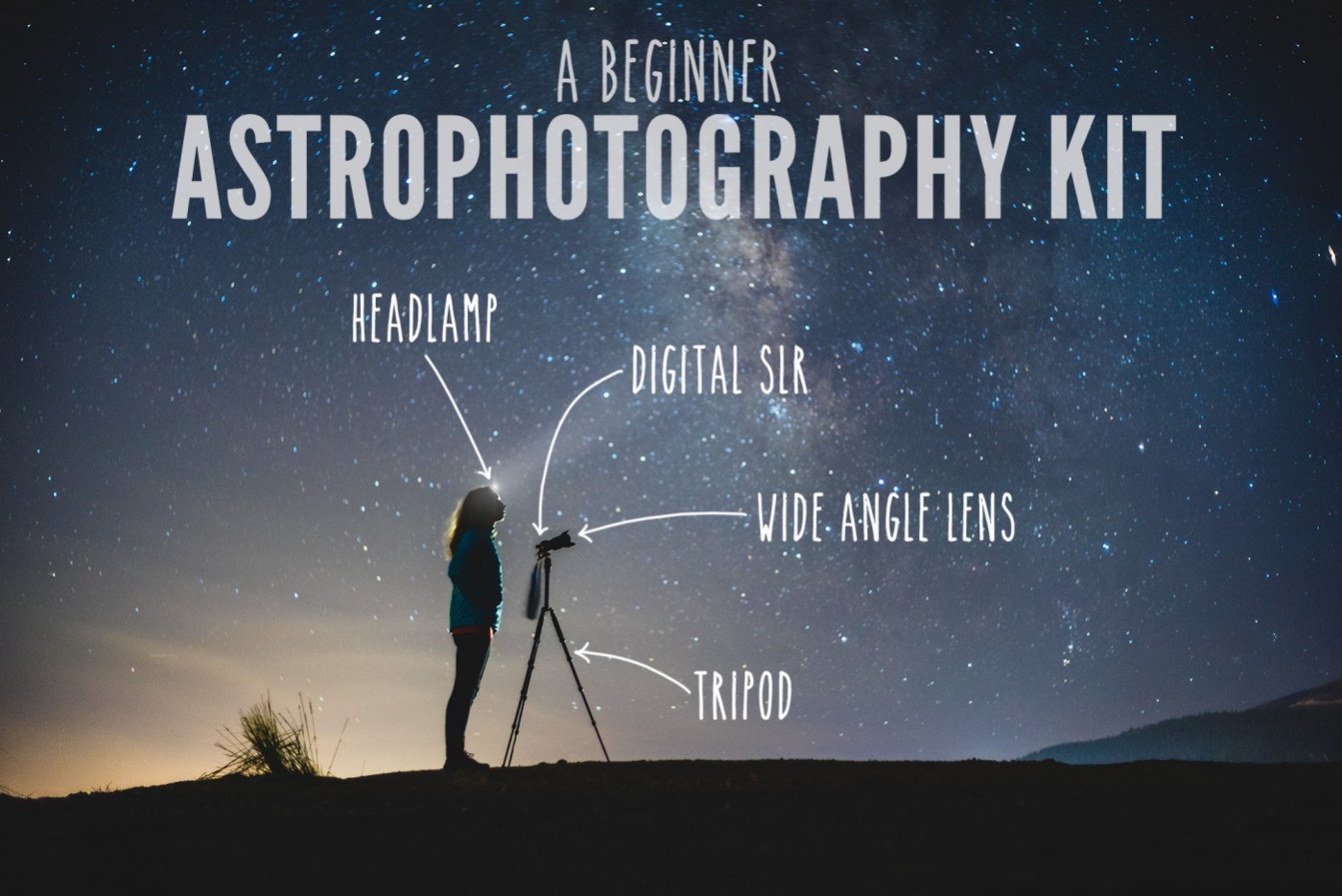
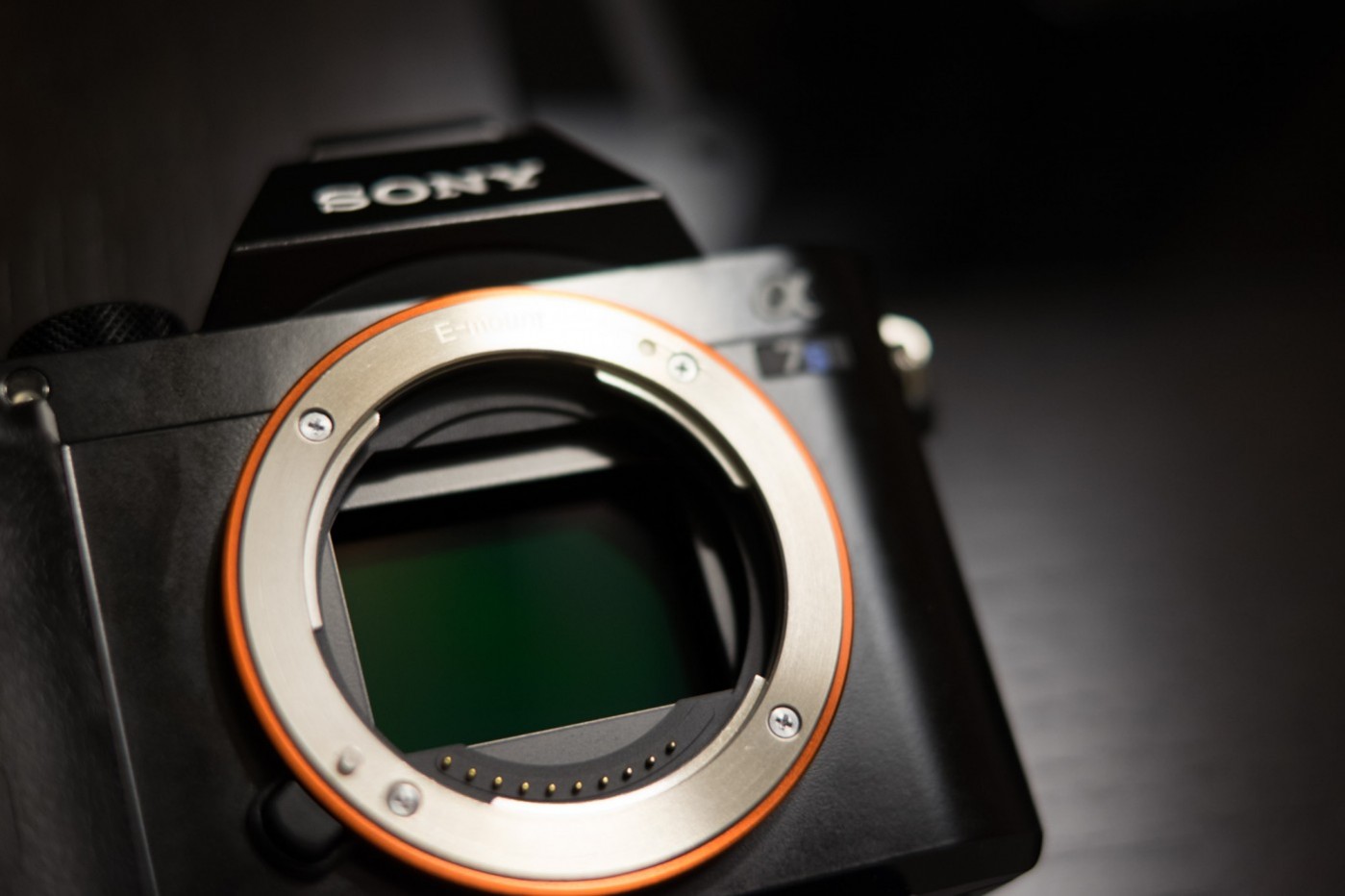
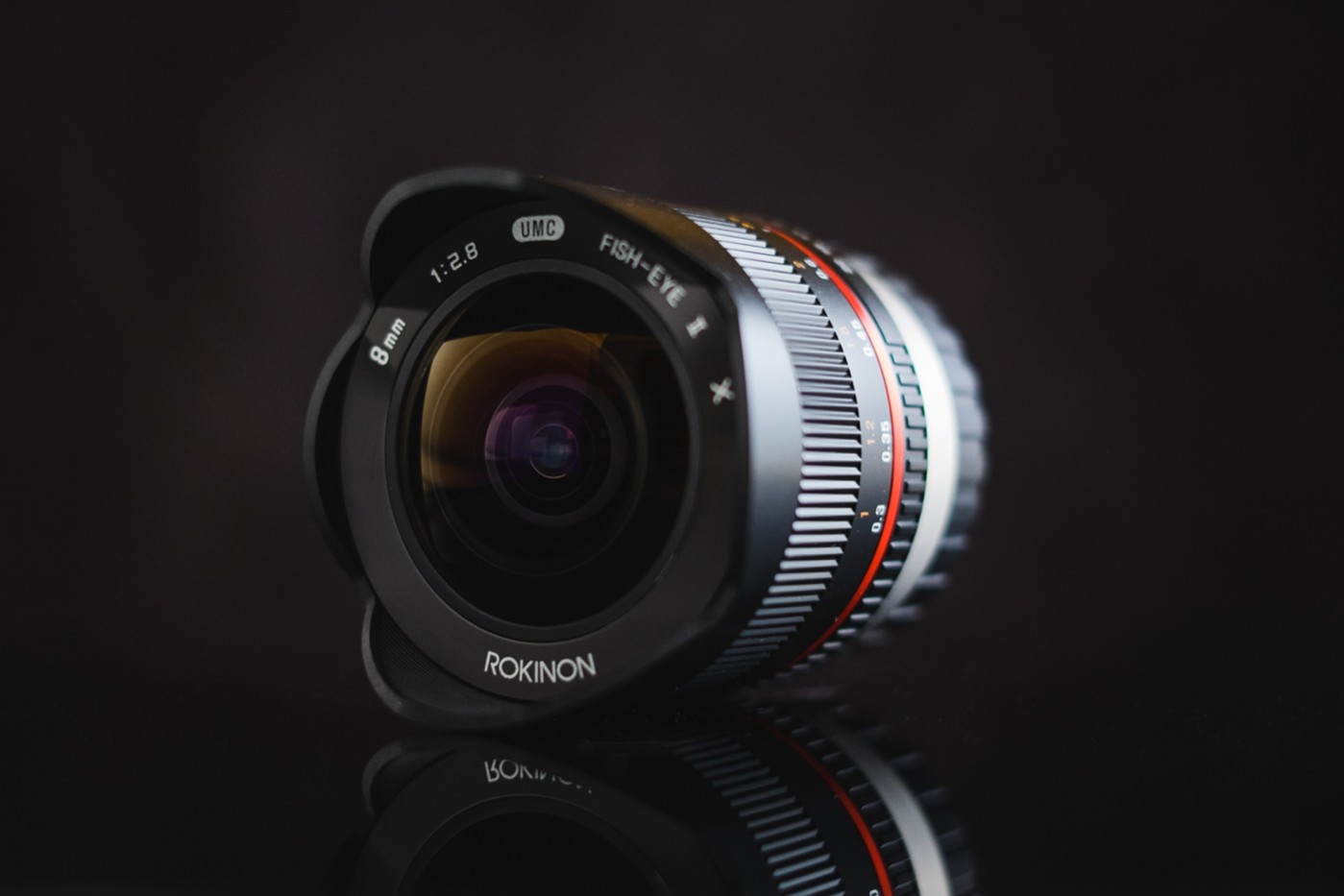
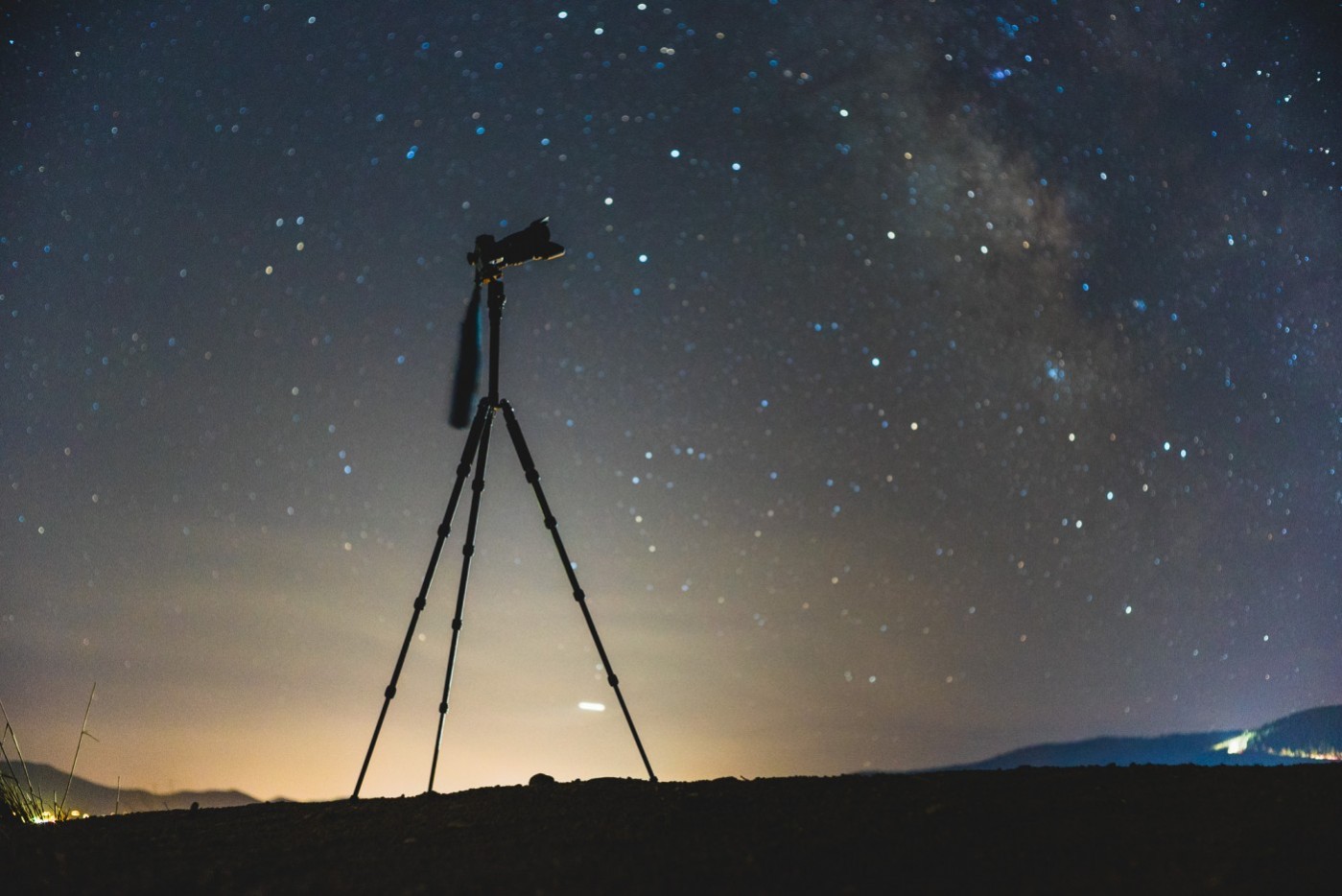

Hey Ian,
I’ve been starting to get used to astrophotography a little more (thanks to your website and advice) and I’ve got a 7d and a Rokinon 16mm f/2 lens. I currently have two tripods. One is pretty light but is aluminum and pretty much useless for longer exposures (more than a second or so) and the other is from like 1972 (my uncle gave it to me) and weighs about as much as a small elephant, but is pretty sturdy. I’ve been doing a lot of camping and hiking and also some ocean photography, so I’d really like to get a light, sturdy tripod. I was in Sequoia last weekend and really realized how bad my aluminum tripod is. So, I looked at the Sirui tripod you recommended and it seems like a great option. The only thing I’m concerned about is that the 7d with the Rokinon lens on it is pretty heavy, so do you think it would be an issue with this tripod? If so, do you know of any other good options? I would like to keep it around $250 or less. I really appreciate all that you’ve done with this website to help me and tons of other photographers. I’m 14 and you’ve helped me find this passion early, so thank you for that.
-Charlie D.
Hey Ian my name is Josh! I’ve got me a Sony a6000 I’m just wondering when I’m buying a lenses for it do I get the one that says its for a Sony e mount or the one that’s says Sony alpha? -thanks!
Great stuff!! I’m taking a ‘night photo trip’ a month for now, and I can’t wait to try this!!
I have a question about shutter speed though: what’s the ‘point of no return’ where you start to see star trails?
Thanks a lot!!
Gaspar, star trailing depends on a lot of things including your camera sensor’s pixel density, your lens focal length, where you are pointing in the sky and of course shutter speed. In general, with the most common focal lengths, anything above 20 seconds will usually show star trails.
I just completed by first pictures of the Milky Way. I took pictures as Joshua Tree using advice from your web site. I used my 7D with the 10-22mm so I wasn’t expecting the best results, but I was still pleased with the results. I want to improve my results, and I’m not sure which way to go. I know I need a better lens and I’m torn on which way to go. I’m considering the Tokina 11-18 f2.8 for the 7D, or use my A6000 and get the Rokina 12mm f2.0.
I’m leaning toward using the A6000 because it has less noise at high ISO, but I’d be interested in what others think.
My a6000 is in the mail, so I’ll be VERY curious to the response to your question! I bought it due to the overwhelming response to it’s very good astro capabilities for people on a budget!
I would personally opt for the a6000 and the 12mm/2.0, it’s an overall better combo for nightscapes the extra stop of speed on the 12mm versus most other lenses is reason enough to choose it.
Hello Ian! I have recently discovered your web page and I am learning a lot. Thanks for putting all this information in a way that is very easy to understand.
I have been doing lots of night photography with my Rebel T3i for the last 2 years (mainly cities, bridges, structures) and I think is time to explore more possibilities like astro photography (and obviously you are an expert in this category).
I don’t like to carry lots of weight and for that reason Sony’s A series seems like a go fit. The A7 had a good price reduction after the launch of the A7ii. Have you tried the A7 for Astrophotography ? Thanks!
(I know A7s is way better for this but the tag price is very high).
I have not personally tried the a7. That said, Sony’s sensors are incredible. All the best cameras from Nikon, Fujifilm and Sony alike all use Sony sensors so performance will be on par with the best Nikon full-frame cameras like the D750. For the price, I think the a7 is now the best deal for a full frame camera, better even than Canon’s aging EOS 6D. Pair it with a decent lens and I’m sure it will perform excellently.
Hey ian, getting the Sony A7 for Christmas hopefully, whats a good lens and Intervalometer for it? also is it worth getting lots of spare batteries for it? ive heard the Sony’s arnt good with battery life
thanks Jonny
The 16-35/4 and 55mm/1.8 are excellent. For astro, I am also currently using the Rokinon 24mm/1.4 and 14mm/2.8 bit they’re a little large for walkaround stuff.
Alrght Cheers mate thanks 😀
Do i need an Adapter for the http://www.amazon.com/Rokinon-Aspherical-Angle-Canon-RK24M-C/dp/B006YM9L26
thanks
Jonny
If you have a Canon EF or EF-S mount camera then, no, you do not need an adapter.